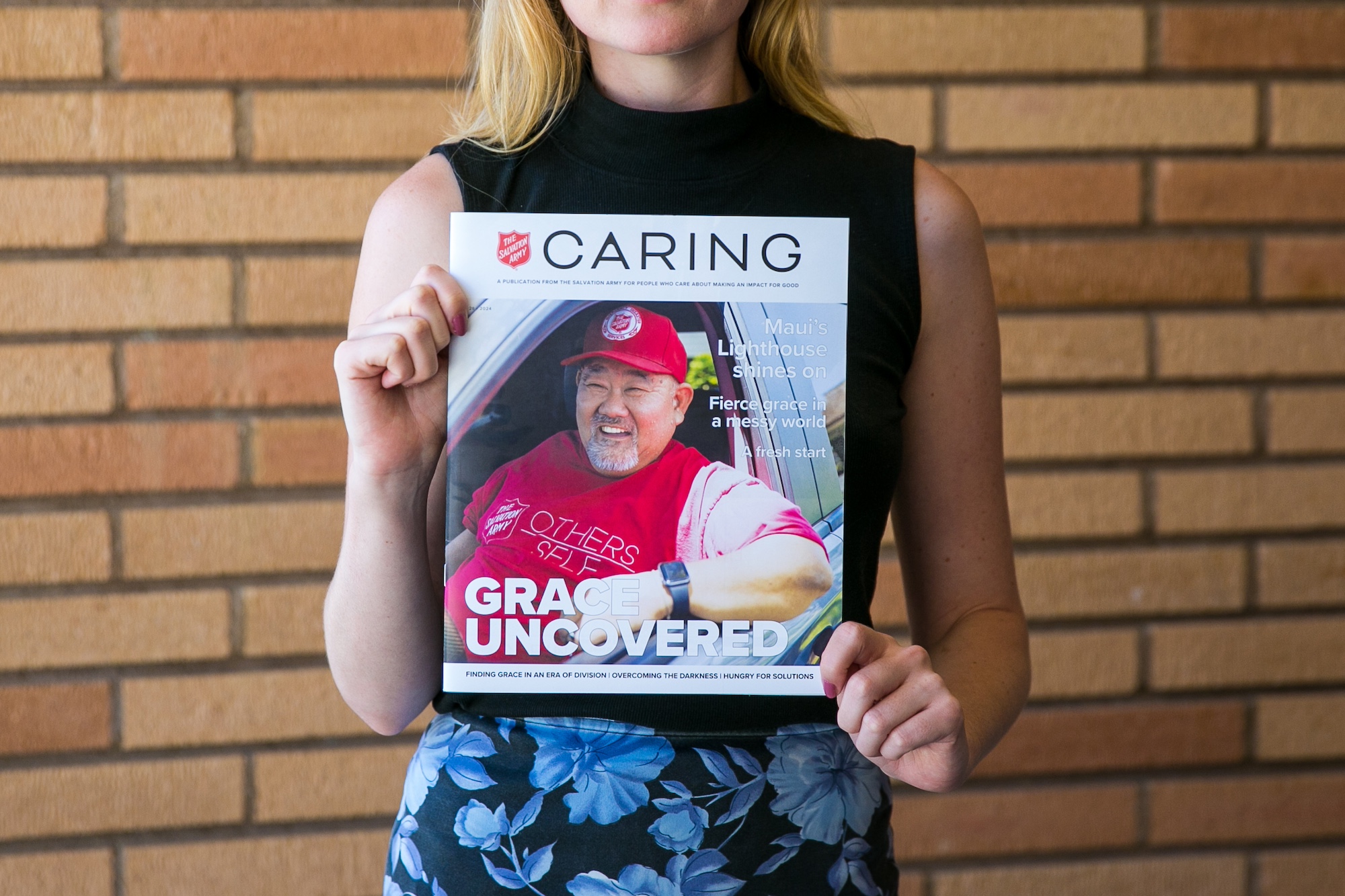 I have been persuaded by the editor to write a few columns illustrating how William Booth himself demonstrated the value of Church Growth principles, many years before these were articulated as such and set on paper. The man was a genius, blessed not only with vision and foresight, but with what we might today call “street smarts” in translating God’s call into practical strategies for his day.
I have been persuaded by the editor to write a few columns illustrating how William Booth himself demonstrated the value of Church Growth principles, many years before these were articulated as such and set on paper. The man was a genius, blessed not only with vision and foresight, but with what we might today call “street smarts” in translating God’s call into practical strategies for his day.
People have constantly asked whether Church Growth principles work. I can state emphatically, “No, they do not work!” But when people work in interpreting and applying those principles, growth does take place. Look beneath the surface of any growing church, of any denomination, and you will see those principles in action. It is not surprising since they can also be observed in the early churches described in the New Testament.
There is no doubt that Christ expected (and expects) the church to grow since, as reported in Matthew 16:18, he clearly stated, “…I will build My church, and the gates of Hades shall not prevail against it.”
There are some interesting deductions to be made from that statement…I (not you) will (despite you) build (with or without your cooperation in the local setting, it will as a whole grow) My (never forget it is mine, not yours…to accomplish my will, not to satisfy your desires) church (My body which I created to act as me and for me in your community). “I will build My church!” There is no doubt Christ expected (and expects) the church to grow.
In 1974, the Lausanne Covenant commented on the nature of the church stating that it is the appointed means of spreading the gospel…other humanitarian agencies seek to alleviate human suffering, only the church will also preach the gospel.
C. Wayne Zunkel echoes this in suggesting, “The church alone is God’s primary instrument to achieve his will.” Going on to say:
“God intended his church to be a powerful tool.
If we see that tool misused, allowed to
grow dull and neglected,
we of all people must dedicate ourselves to
reclaim that tool. We must
take it from the mud and rain, clean it up,
remove the rust,
sharpen it again, and put it to the use
which Christ intended.”
It is not surprising, then, that there are, first, four axioms to be satisfied if any growth is to occur in the local church:
The leader must want it and be prepared to pay the price. His price? Working hard to understand what encourages and inhibits growth; willingness to share leadership with the people; ability to transform into a “rancher” role when growth does occur; willing to take risks and risk failure. If the leader doesn’t want growth then, even if the people do, growth is unlikely.
The people must want it and be prepared to pay the price. Their price? Accept the officer as leader not as a temporary chaplain just “passing through”; provide funds to support growth; sacrifice fellowship if necessary; give time and energy to promote growth; open up leadership circles to new people. If they do not want growth, no matter how much the leader may, growth is unlikely. They can “freeze out” anyone the leader brings without any trouble at all!
All must agree that the goal of evangelism is to make disciples. Decisions are but a starting point for discipleship, not an end in themselves.
There must be no terminal illness. Two of the possible pathological conditions of churches can be terminal…Ethnikitis (the disease caused by un-addressed changes in the surrounding community) and Ghost Town disease (which occurs in rural areas where people leave– for jobs or schooling–and don’t return). More on these and the other pathological possibilities in later columns in the series.
All four axioms need to be satisfied if growth is to occur.
In the next column we’ll start to explore how Booth’s ministry embraced what are now known as…Church Growth principles.










